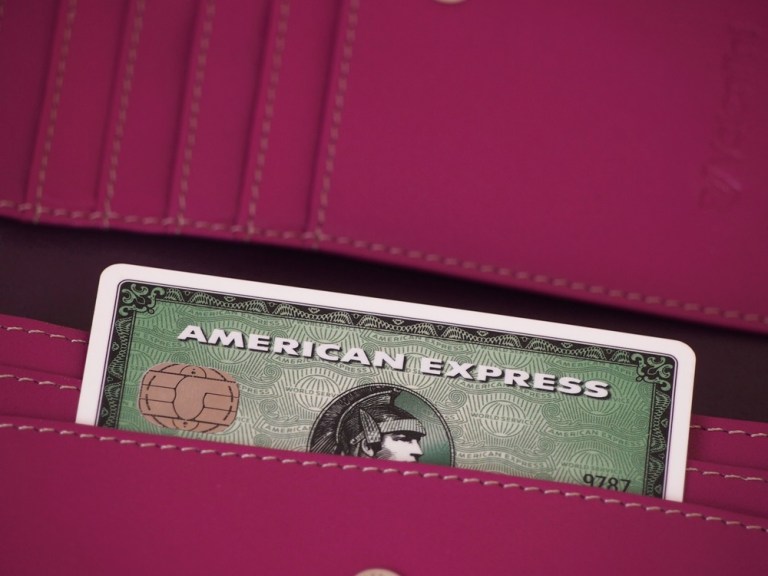Card Spend Pushes Amex Top/Bottom Lines Above Consensus

With Costco increasingly in the rearview mirror, American Express hurdled Street estimates, as members spent more both here and abroad.
Earnings per share came in at $1.34 versus the $1.28 consensus. The top line also bested expectations at $7.9 billion versus the $7.7 billion consensus. The revenue line marked a slip from last year of 2.5 percent, when, in the 2016 period, sales included the Costco portfolio. Taken on an adjusted basis, without that Costco impact, sales were up, in fact, by 6.2 percent.
Investors cheered the news, sending the stock up two percent after hours.
In the earnings statement provided just after the bell, CEO Ken Chenault stated that “our first quarter performance marks a good start to the year, with momentum in the consumer and commercial businesses in the U.S. and in key markets internationally.”
In a conference call with analysts, CFO Jeffrey Campbell noted that card member spending was up eight percent, weighted toward spending tied to higher-end cards contained in the Platinum, Delta and Gold portfolios.
Amex acquired 2.6 million new cards globally. Breaking down the revenue by line item, net card fees were up seven percent year over year to $748 million. Billings, excluding the Costco relationship, which had been in place for 16 years, were up six percent.
Campbell told analysts that new customer acquisitions found a measure of success in digital marketing efforts (more than half of new card accounts in the U.S. had come through digital channels), attracting millennials to the cards, and he also said that half of applications came from mobile channels.
“We feel really good about our track record” with this cohort, he said, with success coming in part through efforts in social media visibility and advertising across sites like Facebook.
All in, net income was up five percent, adjusted for the loss of Costco. And total cards in force were 111 million globally, marking a continued string of sequential increases, up from 109 million at the end of the year (as has been reported before, Costco had about eight million cards). Total loans were up 11 percent to nearly $64 billion, indicating some success in getting consumers to hold balances.
Provisions for losses on cards were up 24 percent, and within the U.S. consumer business, that provision for losses totaled $294 million, up 55 percent from $190 million last year. That increase, said management, reflected higher loans and write-offs but had been expected and telegraphed at investor day.
Within the commercial business, provisions for losses were $208 million, up 30 percent from last year, with higher receivables and loans and write-offs in place, along with what was termed “a slight increase” in delinquencies.
Conversely, loan provisions on the international side of the business came in down seven percent from $71 million last year. Perhaps a more accurate measure of credit quality stood with the net write-offs tally, which was up to two percent from 1.8 percent last year.
As for the expense structure, even while marketing and promotion expenses were dialed back, card member rewards grew by six percent year over year to $1.8 billion. The average discount rate, a measure of the fees that are levied by the company on merchants, stood at 2.45 percent, roughly flat with last year.
On the corporate side, the company said that billings for business were flat year over year, but that takes into account Costco; excluding that impact, the measure would have been up eight percent.
Looking ahead, the company forecasted earnings per share of $5.60 to $5.80 in 2017. That guidance was unchanged from the investor day projections, even as, in response to analyst questions, Campbell noted that growth on the top line could come in at the higher end of revenue growth projections of five to six percent amid a highly competitive landscape for cards.
In the meantime, the executive said, cost-cutting efforts still are targeting (and moving toward) $1 billion annually.